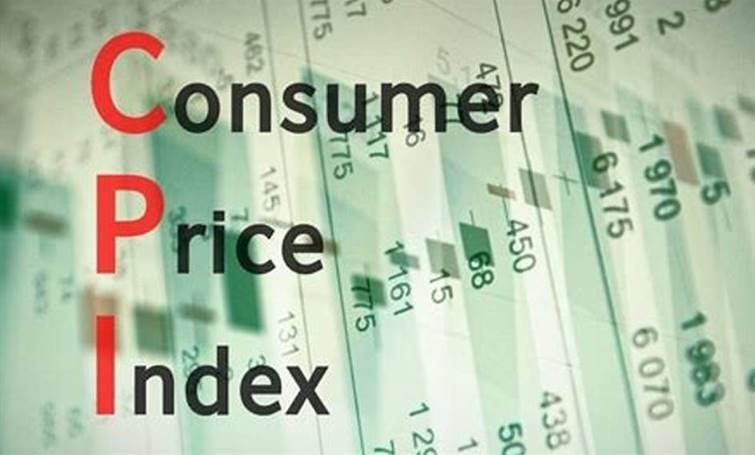The latest consumer price index (CPI) report released on Thursday showed that inflation continued to rise in July, but at a slower pace than previous months. The CPI, which measures the changes in the prices of goods and services, increased by 0.2% from June and by 3.3% from a year ago. The core CPI, which excludes food and energy, also rose by 0.2% month-over-month and by 4.8% year-over-year.
Inflation Pressures Ease Slightly
The July CPI report was in line with the expectations of economists and market participants, who had anticipated a modest monthly gain and a higher annual rate due to the base effects of comparing with low prices during the pandemic last year. The report also indicated that some of the inflationary pressures that had driven up the CPI in recent months, such as surging demand for used cars, airfares, and hotel rooms, had eased slightly in July.
According to the report, the index for used cars and trucks rose by 0.2% in July, after increasing by 10.5% in June and by 7.3% in May. The index for transportation services, which includes airfares, car rentals, and public transportation, fell by 1.2% in July, after rising by 1.5% in June and by 1.9% in May. The index for lodging away from home, which includes hotel and motel rates, rose by 0.3% in July, after jumping by 7.9% in June and by 0.4% in May.

However, some other components of the CPI continued to show strong increases in July, such as the index for food, which rose by 0.7% month-over-month and by 3.4% year-over-year. The index for energy also increased by 1.6% month-over-month and by 23.8% year-over-year, driven by higher gasoline prices.
Fed Policy Unlikely to Change
The July CPI report is unlikely to alter the policy stance of the Federal Reserve, which has maintained that the current inflation surge is transitory and largely driven by supply bottlenecks and pent-up demand that will fade over time as the economy recovers from the pandemic shock. The Fed has also signaled that it is near the end of its rate hike cycle, having raised its benchmark interest rate four times since December 2022 to a range of 1.75%-2%.
Fed Chair Jerome Powell said at his press conference after the July 25-26 Fed meeting that the central bank would take a wait-and-see approach and assess the incoming data before deciding on its next policy move. He also noted that the inflation risks were balanced and that the Fed was not concerned about inflation expectations becoming unanchored.
Since then, some Fed officials have echoed Powell’s cautious tone and expressed patience in holding rates steady until there is more evidence of sustained inflationary pressures and labor market improvement. For instance, Philadelphia Fed President Patrick Harker, who is a voting member of the policy-setting Federal Open Market Committee (FOMC) this year, said on Tuesday that he believed “we may be at the point where we can be patient and hold rates steady and let the monetary policy actions we have taken do their work.”
Market participants seem to share the Fed’s view that inflation will moderate in the coming months and that rate hikes are not imminent. According to the CME FedWatch Tool, which tracks the probability of future rate changes based on futures contracts, the market sees just a 13% chance of another rate hike at the September 20 FOMC meeting, down from 18% a week ago. The odds rise to just over 30% by the November 1 meeting.
S&P 500 Pulls Back Ahead of CPI Report
The stock market reacted negatively to the July CPI report, as investors worried that higher inflation could erode corporate profits and consumer purchasing power. The S&P 500 index, which tracks the performance of 500 large-cap U.S. companies, fell by 0.5% on Thursday morning, extending its losses from Wednesday when it closed down by 0.6%. The index is still near its record high of 4,480.70 reached on August 5.
Some sectors that are more sensitive to inflationary pressures, such as consumer discretionary, energy, and materials, led the decline on Thursday. On the other hand, some sectors that are more defensive or benefit from lower interest rates, such as utilities, health care, and real estate, outperformed the broader market.
The bond market also showed signs of concern over inflation, as the yield on the 10-year Treasury note, which moves inversely to its price, rose by four basis points to 1.38% on Thursday morning. The yield had fallen to a five-month low of 1.13% on August 4, amid worries over the Delta variant of the coronavirus and its impact on the economic recovery.